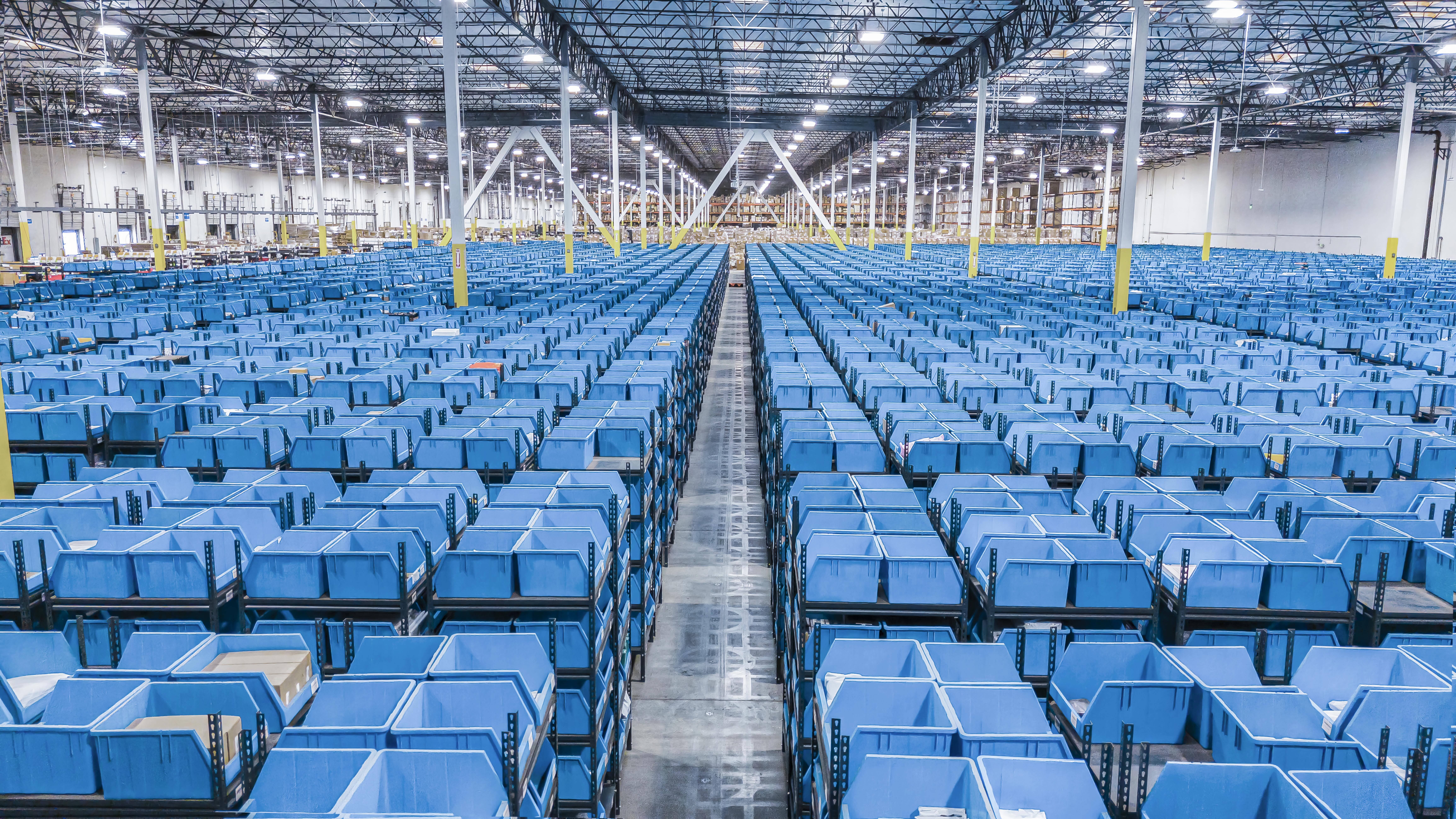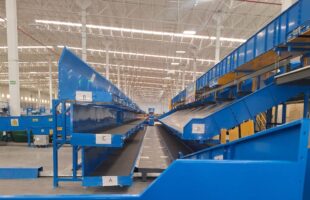
Alibaba Group’s logistics arm Cainiao launched operations for its new intelligent warehouse in Huiyang, Guongdong — home to the most mobile robots in China. While a usual smart warehouse may contain only a few dozen mobile robots, which are also known as AGVs or automatic guided vehicles, this warehouse sees a fleet of over a hundred.
The WiFi-equipped, self-charging machines are responsible for moving goods in the warehouse. Activated once a shopper places an order on Alibaba’s B2C shopping site Tmall, the robot then sends the shelf containing the parcel to a warehouse clerk, who will sort through the parcels and later ship the designated order to the customer.
Slightly larger than ordinary robot vacuum cleaners, the robots can travel 1.5 meters (5 feet) per second and carry up to 600 kg (1,322 pounds). Work efficiency for manual workers has improved threefold since the new warehouse went into operation in July.
For a traditional warehouse, a clerk could usually sort through 1,500 products during a 7.5-hour shift — 27,924 steps are required per day to walk around the warehouse, which occupies approximately 3,000 square meters, the equivalent of 0.7 acres. Now, thanks to the mobile robots, the clerk could sift through 3,000 products in the same shift, while only taking a significantly fewer 2,563 steps a day. Each machine is equipped with sensors, preventing them from bumping into one another.
“The difficulty of commanding a hundred warehouse robots is much more complicated than instructing ten robots,” said Hu Haoyuan, a senior algorithm specialist at Cainiao. He explained further, saying more robots meant more concerns regarding how to optimize efficiency, preventing clashes between robots, and avoiding traffic congestion.
You Yuquan, a logistics specialist at Cainiao, said the robots could lift and rotate shelves, making it easier for manual workers to retrieve parcels. Being able to store parcels on all four sides also helps to make efficient use of available storage space.
When its battery is running out, the robot can automatically find its way to a socket and recharge itself. Once fully charged, it will be able to work for eight hours straight.
According to eMarketer, e-commerce sales in China are expected to reach $1.132 trillion (£0.8 trillion) in 2017, accounting for nearly half of global online retail. Improving work efficiency is widely seen as a promising growth driver for logistics companies and retailers alike.








